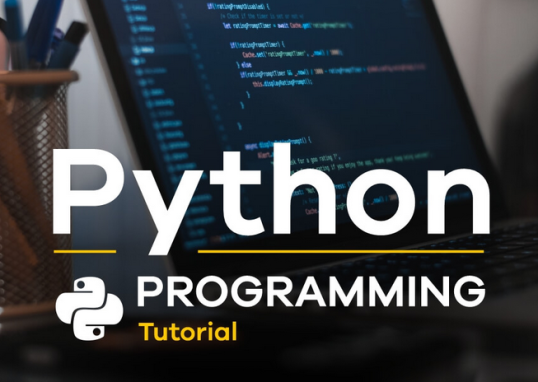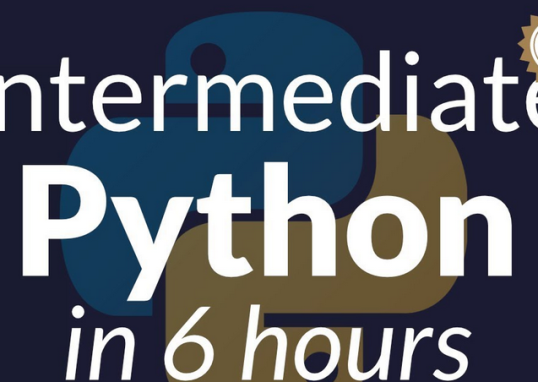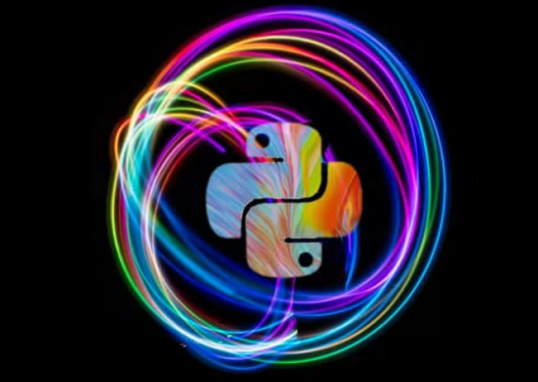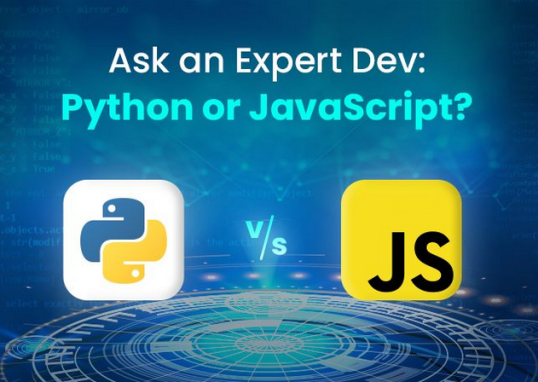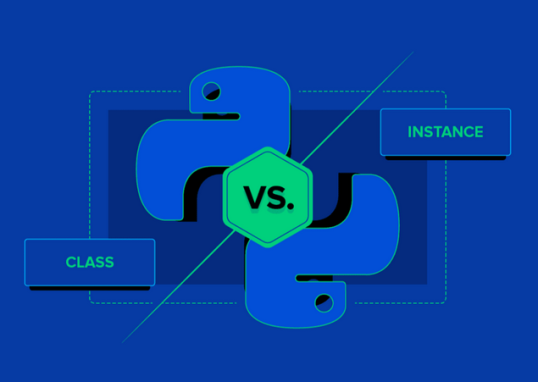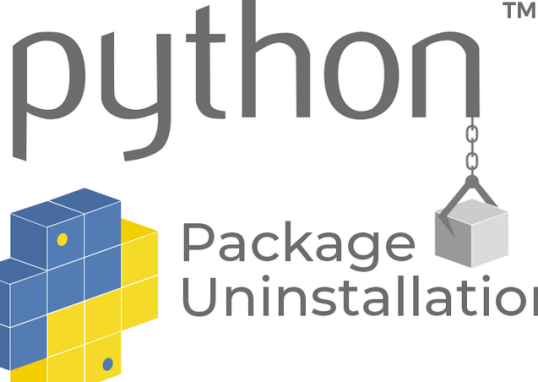There are several open source tools and frameworks available for text data analysis and labeling. Here are some popular ones, along with their pros and cons:
| Tools and frameworks | Pros | Cons |
| Natural Language Toolkit (NLTK) | Comprehensive library for NLP tasks. Rich set of tools for tokenization, stemming, tagging, parsing, and more. Active community support. Suitable for educational purposes and research projects. | Some components may not be as efficient for large-scale industrial applications. Steep learning curve for beginners. |
| spaCy | Fast and efficient, designed for production use. Pre-trained models for various languages. Provides robust support for tokenization, named entity recognition, and dependency parsing. Easy-to-use API. | Less emphasis on educational resources compared to NLTK. Limited support for some languages. |
| scikit-learn | General-purpose machine learning library with excellent text processing capabilities. Easy integration with other scikit-learn modules for feature extraction and model training. Well-documented and widely used in the machine learning community. | May not have specialized tools for certain NLP tasks. Limited support for deep learning-based models. |
| TextBlob | Simple API for common NLP tasks such as part-of-speech tagging, noun phrase extraction, and sentiment analysis. Built on NLTK and provides an easy entry point for beginners. Useful for quick prototyping and small projects. | Limited customization options compared to lower-level libraries. May not be as performant for large-scale applications. |
| Gensim | Focus on topic modeling, document similarity, and vector space modeling. Efficient implementation of algorithms such as Word2Vec. Suitable for large text corpora and document similarity tasks. | Less versatile for general-purpose NLP tasks. Limited support for some advanced NLP functionalities. |
| Transformers (Hugging Face) | Provides pre-trained models for a wide range of NLP tasks (BERT, GPT, etc.). Easy-to-use interfaces for integrating state-of-the-art models. Excellent community support. | Heavy computational requirements for fine-tuning large models. May not be as straightforward for beginners. |
| Stanford NLP | Comprehensive suite of NLP tools, including tokenization, part-of-speech tagging, and named entity recognition. Java-based, making it suitable for Java projects. | Heavier resource usage compared to Python-based libraries. May have a steeper learning curve for certain tasks. |
| Flair | Focus on state-of-the-art NLP models and embeddings. Provides embeddings for a variety of languages. Easy-to-use API. | May not have as many pre-built models as other libraries. May not be as established as some older frameworks. |
Table 7.1 – Popular tools with their pros and cons
In addition to this list is OpenAI’s Generative Pre-trained Transformer (GPT), which is a state-of-the-art language model that utilizes transformer architecture. It’s pre-trained on a massive amount of diverse data and can be fine-tuned for specific tasks. GPT is known for its ability to generate coherent and contextually relevant text, making it a powerful tool for various natural language processing (NLP) applications.
The transformer architecture, introduced by Vaswani et al. in the paper Attention is All You Need, revolutionized NLP. It relies on self-attention mechanisms to capture contextual relationships between words in a sequence, enabling parallelization and scalability. Transformers have become the foundation of numerous advanced language models, including GPT and BERT, due to their ability to capture long-range dependencies in sequential data efficiently. Its pros include versatility and the ability to understand context in text which is why it is used for various natural language understanding tasks. Its cons are that it is resource-intensive, requiring substantial computing power, and fine-tuning requires access to significant computational resources.
Each of these tools has strengths and weaknesses, and the choice depends on project requirements, available resources, and the desired level of customization. It’s common to see a combination of these tools being used together in more complex NLP pipelines. When selecting a tool, it’s important to consider factors such as ease of use, community support, and compatibility with the specific tasks at hand.
